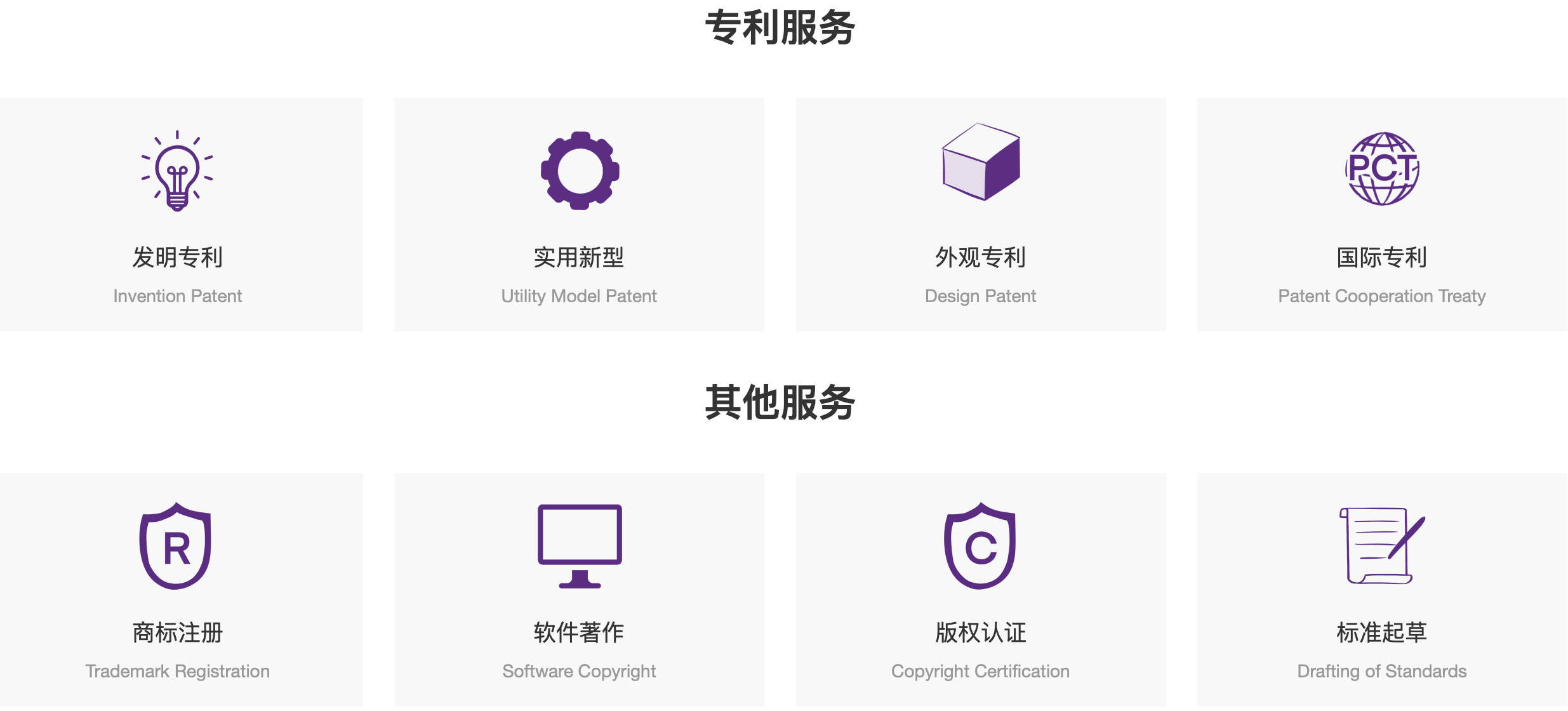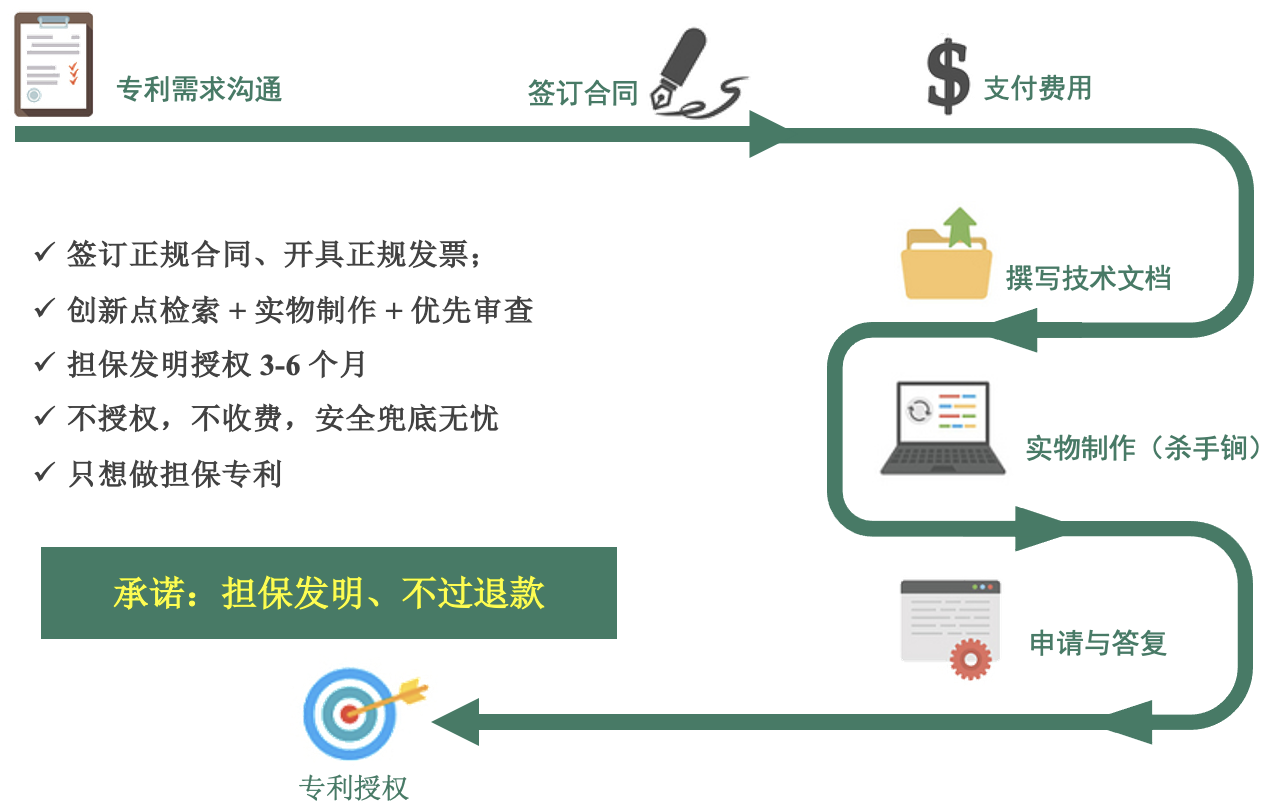| Macao Science Press · Intellectual Property Center
We firmly believe that academic achievements should not be confined to paper publications alone; rather, they should be transformed into intellectual property and tangible applications that generate greater social and economic value. With this vision, we established the Macao Science Press Intellectual Property Center, which has built and allied with a professional patent team across Mainland China, Macau, the United States, the European Union, and other regions. Since its inception, the center has handled over 18,000 patent applications, gaining increasing recognition from clients through outstanding expertise and service quality. Dedicated to bridging academia, industry, and research institutions, our center focuses on the commercialization of patents and the integration of research, industry, and innovation. We strive to bring cutting-edge research from laboratories to the market efficiently, fostering technological innovation and industrial advancement.
In the field of industry-academia-research collaboration, we actively integrate high-quality resources to facilitate in-depth exchanges between universities, research institutions, and enterprises. By identifying key challenges in research and industrial development, we support the R&D and incubation of innovative technologies. For example, in the environmental protection sector, we facilitated a collaboration between a local university’s environmental science laboratory and a wastewater treatment enterprise. The university’s research team had been dedicated to developing novel wastewater treatment technologies, while the enterprise contributed its extensive experience in engineering practice and market operations. Through joint efforts, they successfully developed a highly efficient and energy-saving wastewater treatment system, which has now been implemented in multiple wastewater treatment plants. This breakthrough significantly improves treatment efficiency and reduces energy consumption, injecting strong momentum into the environmental industry and accelerating the transformation of scientific research into productive forces.
Regarding patent commercialization, we leverage our professional and experienced intellectual property team to provide a comprehensive, one-stop service—ranging from patent evaluation and value assessment to identifying suitable commercialization pathways and corporate partnerships. Through market-driven operations, we successfully transform patented technologies into high-value commercial products and services, maximizing the economic benefits of innovation. For instance, in the case of an intelligent agricultural irrigation system, our team conducted a thorough evaluation and recognized its immense potential for modern agricultural applications. We then collaborated closely with an agritech company to optimize the patented technology and develop a market-ready product. Today, this smart irrigation system is widely deployed across farmlands, precisely controlling water usage and irrigation schedules. Not only has this innovation significantly improved water resource efficiency, but it has also enhanced crop yield and quality, boosting agricultural productivity and profitability. The success of this project has created a win-win situation for inventors, enterprises, and society, effectively driving synergies between technological innovation and industrial upgrading.
| Intellectual Property Center · Service List

Services Include:
Official Website: http://patent.mospbs.com | Email Consultation: Patent@mospbs.com | More Contact Options: [Click Here]
China Mainland Hotline: +86 19925320540 (Mr. Chen · WeChat for Work)
| It is Best to Apply for a Patent Before Publishing Research Results
Scientific research results are the crystallization of the hard work of the majority of scientific and technological workers, it is not only an important force to promote scientific and technological progress, but also has a certain commercial value and social value. We suggest that scientific research results should be applied for patents before publication. Scientific research results include, but are not limited to, inventions, utility models and designs, etc., only in line with the protection of the Patent Law, including: invention refers to the technical solution to solve the problem creatively in the technical solution; utility model refers to the improvement of the existing products or methods, to meet the requirements of practicability, and there is a significant difference with the existing technology; design refers to the shape, pattern, color, texture and material of the product, etc., the new design. Design refers to the new design of a product in terms of shape, pattern, color, texture and material.
Advantages of Applying for Patent:
Scientific and technological innovation is an important force in promoting social development and economic growth. Applying for a patent can provide strong protection for innovative scientific and technological achievements and enhance their commercial value and market competitiveness. Therefore, scientific and technological achievements can be patented, but attention should be paid to the application discipline and compliance with laws and regulations on intellectual property protection, so that patent protection can become an effective tool for scientific and technological innovation and economic development.
The Process of Applying for Patent:
Notes:
| Academic Patents and Career Advancement
Academic patents are patents granted for inventions produced in academic research, and are characterized by exclusivity, territoriality, and temporality, as well as some unique features :
Each title series has gradually changed from “mandatory” papers to “optional” achievements, and established a “menu-type” evaluation index system. Many hospitals have begun to pay more attention to patents, such as the Naval Medical University, for example, the school will be patent-related indicators into the senior title evaluation standards, the first responsible person to obtain a patent authorization for an invention is equivalent to the publication of a SCI article. Patents are mainly divided into utility model patents and invention patents, generally invention patents are more points than new patents, but the difficulty will also be greater. Generally speaking, the invention patent can add up to 20 points, and the utility model can add 7 to 8 points.
| Academic Patent Cultivation Process

The low rate of invention authorization in the field of biomedical patents is mainly due to the lack of patent innovativeness and the difficulty of providing effective evidential materials for specific problems:
